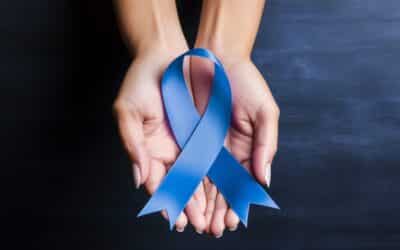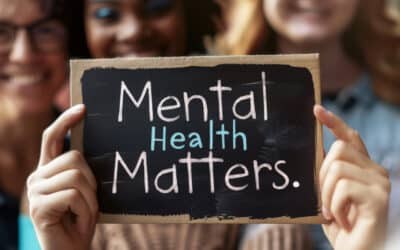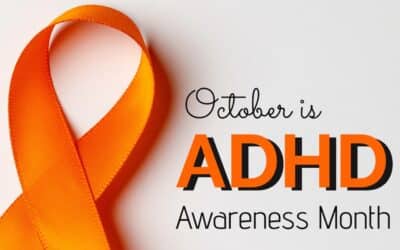Self-Harm Awareness Month is a crucial time to shed light on a complex issue that many people face. Self-harm, often a hidden struggle, involves intentionally inflicting harm upon oneself, typically as a way to cope with overwhelming emotions. It is important to understand that self-harm is not a sign of weakness or attention-seeking, but instead a response to deep emotional pain. If you or someone you know is struggling, remember: you are not alone. There is help, and there is hope.
What Is Self-Harm?
Self-harm can look different for everyone. It might involve cutting, burning, scratching, or hitting yourself. People who self-harm are usually dealing with intense emotions like sadness, anger, anxiety, or numbness. The physical pain can sometimes offer a temporary escape from emotional pain, or it can even help someone feel something when they feel numb or disconnected.
People might use it to express feelings of guilt, self-hatred, or to punish themselves. Whatever the reason, self-harm is a sign that someone is struggling—and it’s something they can get through with the right help.
The Power of Connection
One of the most powerful ways to break the cycle of self-harm is through connection. Isolation and secrecy often perpetuate the cycle of self-harm, so reaching out and connecting with others can help break this. Sharing what you’re going through with someone who listens without judgment can be a huge relief. Moreover, connection fosters a sense of belonging and reduces feelings of loneliness. If you open up to others, they can offer support in developing coping strategies and accessing resources too.
It’s Good to Have a Safety Plan
If you’re struggling with self-harm, having a safety plan in place can make a huge difference. A safety plan is a set of steps you can follow when you feel the urge to self-harm. Creating a safety plan with a mental health professional can provide a structured approach to manage those intense moments and keep you safe.
A safety plan might include:
- Identifying triggers: Recognizing situations, feelings, or thoughts that make you want to hurt yourself.
- Coping strategies: Finding healthy ways to deal with those feelings, like deep breathing or talking to someone.
- Support systems: Knowing who you can reach out to when you need help.
- Creating a safe space: Removing things around you that could be used for self-harm.
- Emergency contacts: Keeping a list of phone numbers or resources for immediate help.
Healthy Coping Mechanisms
Developing healthy coping mechanisms is crucial for long-term well-being. One of the most effective strategies is practicing mindfulness and meditation, which helps you stay present and manage overwhelming emotions. Engaging in creative activities like writing, painting, or playing music can also be a powerful way to release and process your feelings through creative expression. Physical activities play a significant role in improving moods by releasing endorphins, which naturally boost your emotional state. Journaling is another helpful way to work through your thoughts and feelings, allowing you to express and understand them more clearly. Additionally, if you ever feel the need for extra support, seeking professional help is a great way to explore underlying issues and develop healthier coping skills.
The Importance of Empathy and Crisis Intervention
If you know someone who is struggling with self-harm, remember that empathy and understanding are key. Avoid judgement or criticism. Instead, validate their feelings and assure them you’re there to listen. Ask how you can help, and encourage them to seek professional help.
If you or someone is in immediate danger of self-harming, it’s important to seek help immediately!










